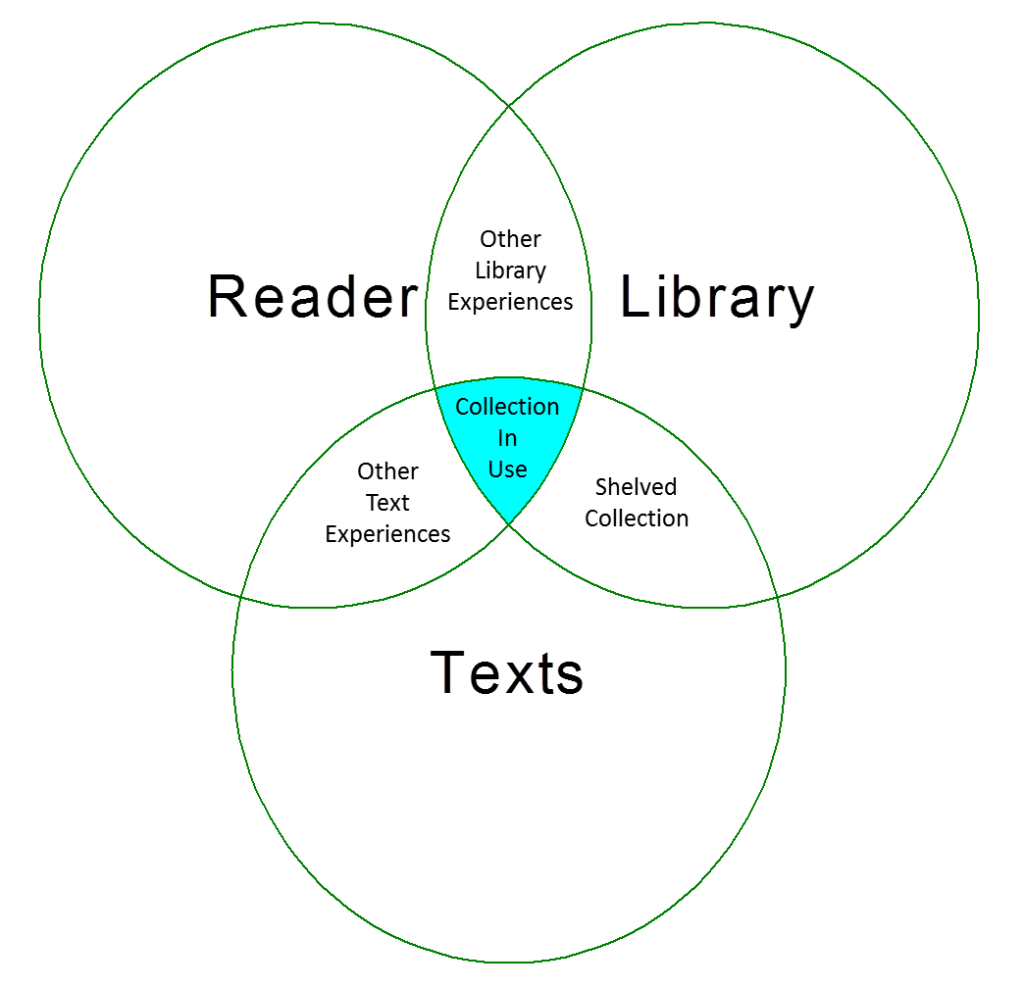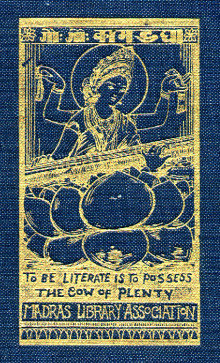Here are the handouts and slides from my two-session workshop on availability as a measure of public library collection performance, September 17 and October 1 at the Waterloo Public Library. We discussed availability as the measure that best takes into account the reader’s experience of the collection and explored techniques for determining detailed availability ratios.
The next session (Discovery, October 8) will focus on the collection as a discovery tool. We will explore browsing as a primary human search practice and review collection maintenance and merchandising techniques that improve the reader’s experience while in the library and at the shelf.
Summary of the topics presented in the availability sessions:
- Working definition of availability: Are the texts that the reader would prefer to select presented when the reader would prefer to select them?
- Holdings availability measures the library’s acquisition practices: what is the ratio of titles acquired to those the reader would select if acquired?
- Shelf availability measures the library’s logistic practices: what is the ratio of titles available when readers want to select them to all the titles held by the library that readers would select?
- Holdings availability can be measured at a detailed level using Howard White’s Brief Tests of Collection Strength method.
- Shelf availability can be measured at a detailed level by using a sample from the collection in use, or by using queueing theory to estimate underlying demand.
- The number of duplicates to buy to meet varying ratios of shelf availability for individual titles can be determined using queuing theory.
Handout (The availability workshop was originally intended as a single session and the handout outline has not been updated to show the change to two sessions.)





